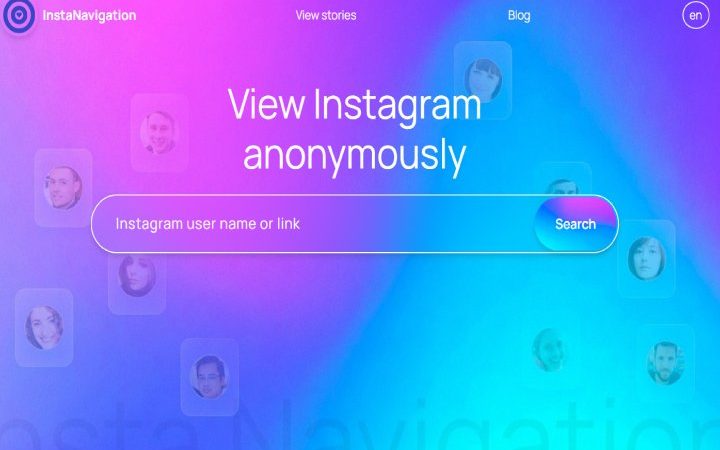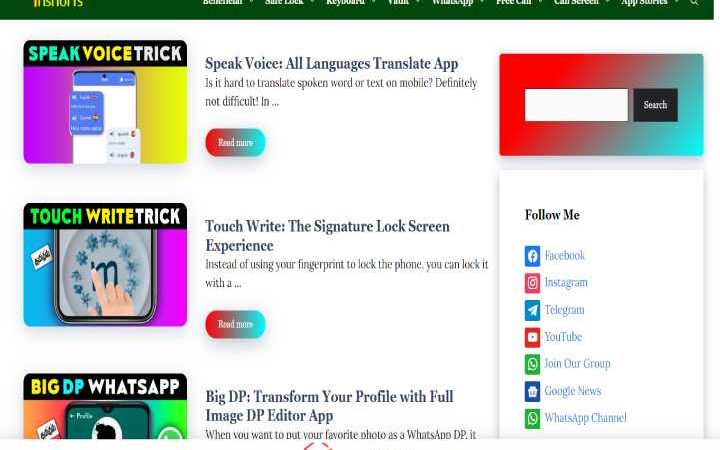How Influencers Are Helping Charities Advance their Causes

Influencer marketing has revolutionized the way businesses think of their campaigns. It’s so effective that 17% of marketers intend to dedicate half of their budget to it this year, and there are excellent reasons for that: It makes $5,20 on every $1 spent. Some YouTubers earn millions of pounds on their content. It seems that there’s a treasure chest at the end of every influencer rainbow, and the nonprofit sector is cashing in on it every day to fund their causes.
So can you, but the strategy is older than you might think. Celebrities and charities have long acted as a pair. Charlize Theron was endorsing nonprofits before the new millennium even had time to sprout, and Bono was using his popularity to add marketing muscle to charities all the way back in the Eighties. The internet has created microcelebrities that come at a cheaper price, so influencer marketing isn’t a new tool—just an evolved one, and it has plenty to offer the social entrepreneurship landscape.
Table of Contents
What is Influencer Marketing?
Influencer marketing is a hybrid of celebrity endorsement. It relies on the power of online popularity to market to their (usually sizable) audience. In a sense, you’re renting their digital property to gain publicity, but it’s not as simple as hiring the first influencer who crosses your path. Every micro-celebrity is a brand in itself, and when you associate your business with them, everything that they do rubs off on you. Your choice of online influencer needs to fit your niche like a beautifully-tailored suit.
Modern audiences are marketing-averse. They’ll avoid advertising content wherever they see it. Every ad is greeted with distrust, so the marketing world has had to create new ways to reach them. Enter the influencer. Internet personalities are able to market stealthily to your audience, gaining their trust on your behalf. They can improve your brand recognition in ways that ordinary advertising can no longer achieve, and if they share your charity’s values, they can deliver turbo-charged effects.
The Charitable Side of Instagram

Instagram is one of the most important influencer biomes on the internet, so it’s no surprise that the nonprofit world has been drawn to it. Influencer marketing for charities is a powerhouse tool, so all the best social entrepreneurs are using it. Blake Mycosie’s Toms has a potent presence there, as does Adam Braun’s Pencils of Promise. Charity water, Doctors Without Borders and Mercy Corps have some of the site’s biggest followings. The social network just works, and part of its effectiveness can be attributed to its tools. It offers:
- Captions: Videos and images can be paired with captions of 2, 200 characters. That’s significantly more than Twitter’s allowance, so it’s ideal for nonprofits who rely on storytelling to appeal to their audience.
- Strong branding potential through profile images and rich, image-based pages.
- Strategic links that are ideal for fundraising.
- Hashtags that can increase your reach exponentially, offering true viral potential.
- Instagram Stories: A new feature that allows you to share many moments in a single story.
- Instagram ads: A favorite tool among nonprofits. One in every three users responds directly through Instagram ads, so they’re a powerful link to your nonprofit’s site.
Also Read: YouTube Tests The Generation Of Chapters Using Artificial Intelligence
10 Tips for Working with Influencers to Help Promote Your Charity
Build a trustworthy reputation

Even spelling mistakes and typos can cause cracks in your reputation, so ethical errors in your marketing campaign can grow into a PR crisis. Make sure you use transparency and full disclosure. Nonprofits need to balance reality and ethics, so your influencer is legally required to disclose a brand relationship. It’s up to you to make sure that happens. Keep your campaign honest and you’ll win the support of your audience.
Build a beneficial relationship with the right influencer
The use of influencers for not-for-profit must, first and foremost, match your brand and its values. For that reason, choosing the right influencer will require plenty of due diligence. Common ground is essential. If your work is irrelevant to your ambassador’s social media presence, your campaign won’t appeal to their audience.
Preserve the authenticity of your influencer’s message
Once you’ve discovered the right brand ambassador, it’s time to build your influencer campaign, which will generally appeal to their audience more if it’s authentic to their usual voice. Influencer campaigns are the polar opposite of traditional marketing in that sense. Remember that it’s your influencer who your audience trusts, so your campaign must encapsulate their personalities.
It’s time for influencers and charities to carry their results into a new revolution.
4) Don’t Ignore Micro Influencers
Micro Influencers are the new A-listers. They typically have a following of between a thousand and 100,000 followers, but they also build stronger relationships with their readers. That makes them no less influential than their macro alternatives. In fact, their understanding of, and connection with, their followings can make them even more powerful than those with a million followers. That’s just the kind of ecosystem you need when you’re a nonprofit.
5) Move beyond brand awareness
It’s natural for marketers to treat branding as their field’s biggest trump card, but that can overturn all the great results your influencers can achieve for you. Content creators who prioritise monetisation earn the very same mistrust that audiences once reserved for advertisers. Your campaign’s strategic goals must align with the trust and relationships your influencer has built with their audience. This isn’t the time for salesy language or pre-written content. Build on the strength of your campaign by convincing your influencer of the importance of your cause. That way, their authentic voice will shine through.
Extract value from your influencer’s content
Content is precious. Every line comes with an important SEO value, building your search engine rank while funnelling traffic towards your site. Don’t forget to build ranking factors into your influencer’s content. Keywords, outbound links, and geotargeting take mere minutes to include, so don’t miss the opportunity.
Look for real passion
Almost 70% of influencers do what they do for the money alone. That leaves a meager 30% behind who have genuine passion for the topics they broach. Seventy percent of influencer audiences follow their favorite influencer because they like their honesty, authenticity, and openness. Those are the traits with true monetary value, and even more social benefit. A great nonprofit concept might capture the top Instagram influencers even if you’re still a small fish in a large pond. Still, it’s best to stay aware of your potential. If you’re a brand new nonprofit in a traditional field, you’re not likely to attract Selena Gomez or Daily Dose unless you put significant work into marketing to them.
Engage with your audience

Few enterprises bother to engage with the very audience they’ve paid to attract, and on Instagram, that’s a woeful mistake. Don’t take the “social” out of social media. Answer your audience’s questions and get to know your supporters. Create your own Instagram page and engage from your account. You might just become the next Toms, with a million followers to boot. In other words, your brand might become a social media influencer on its own steam.
Beware the fake influencer
It’s easy to build a following if you have the time to spam for readers and the money to buy followers. The size of your following is no indication of its power. Only organic readers are going to listen to your influencer’s content, so do your due diligence. Study all their social media accounts and look for buzz away from their feeds. True influencers make diamonds from grit, so their engagement ratio will be high. To check that ratio, divide their total engagements by their total followers, multiplied by 100. Most influencers have a ratio of at least 3%.
Aim for more than just exposure
While every campaign should prioritize its unique goals, exposure isn’t enough. Not all readers are at the same stage of brand awareness, so it’s time for some good, old-fashioned target marketing. Use a standard buyers funnel to place your potential readers according to their exposure level. Impressions are useless if your influencer isn’t moving your audience to the next phase of your funnel. Conversions matter, even in the nonprofit sector. A typical nonprofit marketing funnel is:
- Attraction: via engaging content, SEO, social media, and pay-per-click advertising.
- Education: Via lead nurturing, engaging content, landing pages, and outbound marketing
- Conversion: Via calls to action, online forms, and remarketing.
- Retention: Through track nurturing, custom emails, and engaging content.
- Creation of brand ambassadors and repeat donors.
Influencer marketing can cover most stages of your funnel, but it won’t cover anything if you don’t know which stage you’re working on. If you create target audience personas as well, you’ll be able to hit your target with an impressive amount of precision.
It’s time for nonprofits and influencers to carry their results into a new era: An era in which causes captivate audiences at a high enough level to start a revolution. With Instagram’s biggest influencers at your side, you can change the world.






